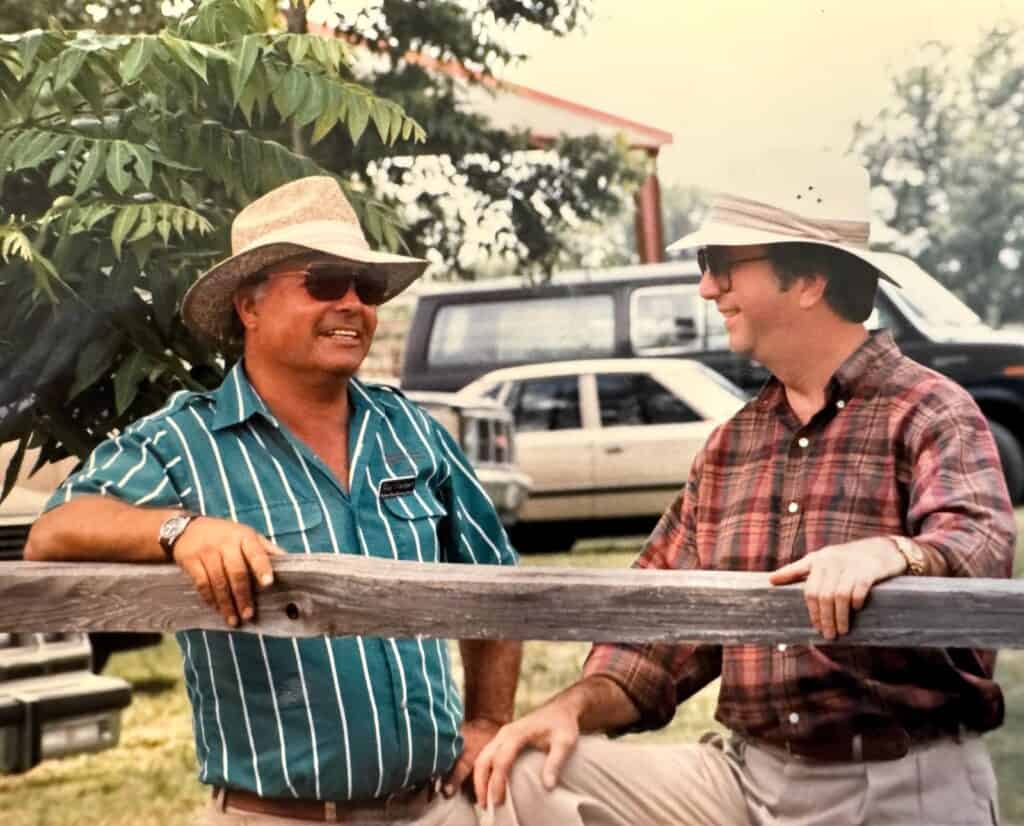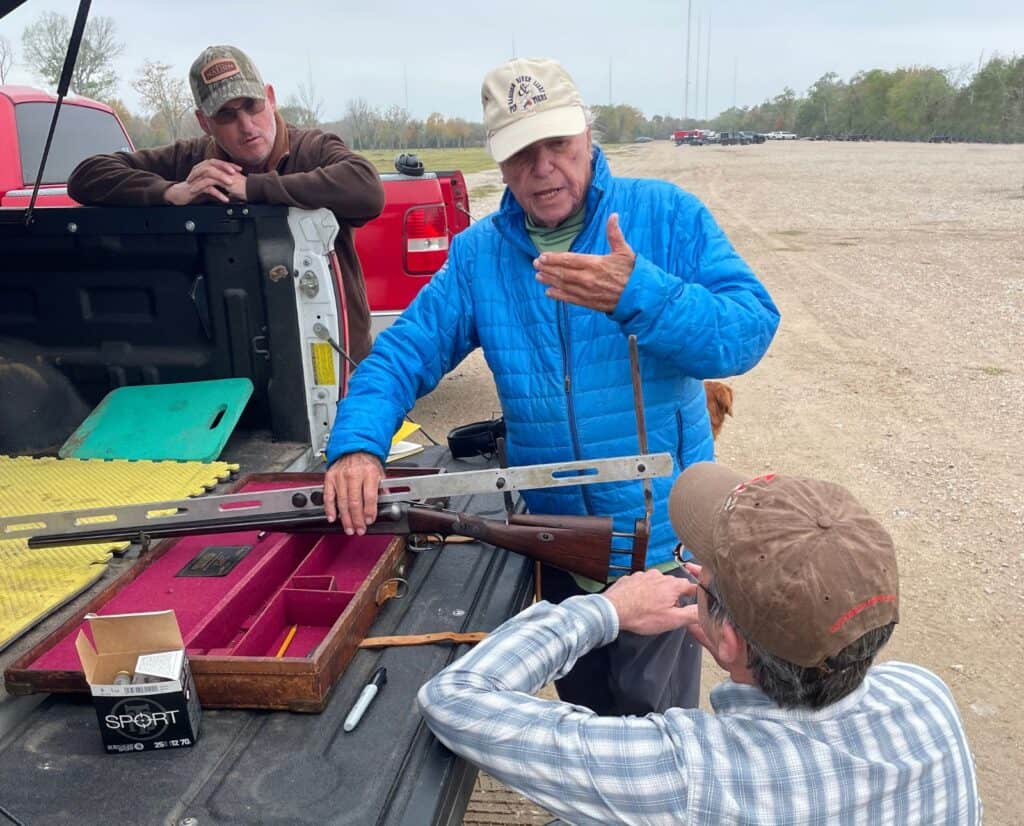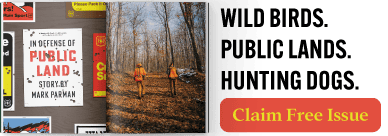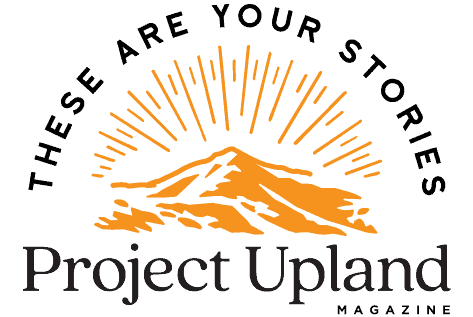Home » Firearms and Shooting » Shotgunning Legend Jay Herbert’s Life and Legacy
Shotgunning Legend Jay Herbert’s Life and Legacy

R.K. Sawyer lives in Sugar Land, Texas, and is the…
An interview with the man who brought sporting clays from England to America and promoted English-style shooting for over 50 years.
Since 2015, the number of people in America who take to a sporting clay field each year has been about five million. Few have ever heard of the pioneers, including Jay Herbert, who borrowed the smoothbore game from the English and popularized it in the United States. I sat with energetic, 86-year-old Jay whose memory matches his wit. His words and experiences mentioned here add another small piece to the story of sporting clays in America.
The last thing Jay shared with me before we finished our history lesson was Bob Brister’s words to him when he signed a copy of his renowned tome Shotgunning: The Art and the Science. Part of the inscription reads: “To Jay, one of the best things that’s ever happened to the promotion of shooting.”
Jay Herbert’s Early Years
Jay Herbert was born in 1938 on Biscayne Point, one of a cluster of small, unpopulated islands north of Miami. Back then, it was a sleepy town crisscrossed by sand and limestone shell roads. By the time he was ten, he wandered the tropical landscape with a shotgun. He got his early shooting instruction by riding his bicycle to the nearby Miami Police Department shooting range. He recalled that the lawmen “took a liking to the kid and mentored me in pistols, rifles, and shotguns.”
During high school, Jay won skeet competitions and then joined the Marines. Recognizing that skeet prize money wasn’t going to pay his bills, he took a sales job in 1963. He kept up with shooting as a coach during his free time, and he invested in the Wild Wing Shooting Preserve, located southeast of Dallas.
Jay readily confessed that he was poorly suited for the corporate world. For the first time since he was a youngster delivering the Miami Herald newspaper, by early 1983, he was unemployed. Then, Jay’s high school friend Larry Solomon, the fly fishing legend, called him.
“Jay, I have the perfect job for you,” he said. “Orvis is looking for a director of its new Houston shooting school.”
Learning And Teaching English-Style Field Shooting
Leigh Perkins opened the Orvis Shooting School in 1974 on the Battenkill River in Manchester, Vermont. The Orvis Shooting School was designed for upland instruction with its targets set mostly for skeet or trap. But what set it apart was that its trainers taught the “English method” of shooting.
The English method consisted of a low gun, eyes on the target, and a trigger pull the moment the gun stock came to the shoulder and cheek. It was a shooting style ideally suited to sporting clays. Perkins was planning to open the Orvis Houston-Pin Oaks Acres Shooting School near Houston. Perkins thought Jay Herbert, one of only a handful of US instructors familiar with the English shooting method, was the ideal coaching candidate.

Jay Herbert’s Journey Into English-Style Shooting
Jay embraced English-style field shooting early, primarily because he wanted to be a better wing shot. But at the time, no one in the US taught it. As a result, Jay amassed a library on the subject to try and master the method. He remembered that “most of the things that were helpful to me were not published in this country.” He started his book journey with an 1826 edition of Lt. Col. P. Hawker’s Instructions to Young Sportsmen in all that Relates to Guns & Shooting. Jay’s reading convinced him that “the only way you can shoot birds better is to be able to mount the gun consistently, and the importance of a properly fitted shotgun.”
The book-learned English-style shooter was reasonably expert by the time he taught at Wild Wing Shooting Preserve. “I started with private, individual instruction, and was building a reputation,” he said. “No one was teaching what I call field shooting; they were all skeet or trap.” But for over a decade, students were hard to come by. “It was like pulling teeth,” Jay said, grinning. “Everything competitive in the US was either skeet or trap, and you started with a gun already mounted. You didn’t need to perfect a gun mount, and gun fitting was completely foreign.”
Time At Holland & Holland
Jay was keenly interested in the Orvis opportunity. However, he explained to Perkins that wanted to go to England to learn “their way of running a shooting school, then I’ll return to work with you.” Jay spent three months at Holland & Holland in London, in his words “the best shooting school in the world.”
The easygoing Southerner mixed well with the more formal, tweed-wearing Brits:
It was different. The British are very set in their ways, especially when it comes to something like the shooting sports. I remember when one of the shooting school directors invited me to join him for a gun fitting, and I noticed that he had both over-and-under and side-by-side try guns. I asked him, “Why do you have both? They should give the same results.” He replied, “No, they most certainly will not.” So, to make my point, I fitted both guns to the same dimensions, and both times they had the same point of impact. “See, it doesn’t really make any difference.” And in his proper English accent, he responded, “Even so, it just isn’t done!”
Orvis
Jay spent a few months at the Orvis headquarters in Vermont before a short stint at Orvis’ Mays Pond Plantation in Florida. In late 1983, he joined the Houston-Pin Oaks Acres Shooting School, located west of Houston, Texas as its instructor. After Houston-Pin Oaks Acres became the Highland Bend Shooting School in 1985, Jay tirelessly promoted the sport and his shooting school:
I did everything I could to build that business. When I was in England, the shooting clubs sponsored what they called Company Day, and I thought it would work here. Every Monday, I’d put on a suit and tie and walk around Houston. I’d pick a new building every week, and just knock on doors. Finally, I got a company president who had been to Europe, and he knew the value of building and maintaining business contacts over a shotgun. From that single Highland Bend Company Day event, I built it to 71 in about four years.
During the early years, Jay also helped design sporting courses for individuals and clubs around the US. He went on to design Houston’s American Shooting Centers as president of the shooting complex for three years, then started the private Westside Sporting Grounds.
Jay, however, never remained long at any venue. “I think people who know me understand that management is not my strong suit,” he said, only half-joking. Truth is, he hated the bureaucracy of the corporate job he quit in 1983 and disliked it just as much in the shooting world.

Jay Herbert’s Love For Teaching
What Jay Herbert loved was teaching. “I get a great deal of satisfaction out of seeing people improve and learn,” he said. “If I’m teaching somebody and they’re not getting it, I know it isn’t their fault. It’s mine. So I try another way of doing it and eventually, no matter how tough they are, I find a way to reach them.”
Jay was fortunate that he had mastered a style of shooting ideally suited for sporting clay instruction at a time when the sport was rising in popularity. “What I was teaching was a departure from skeet and trap, and that was what most American shooting instructors were good at,” he said. “And Gene Hill and Bob Brister, and an increasing number of outdoor writers, were explaining in print why it was important to learn the field shooting technique and to have a fitted gun.”
During the last decades of the 20th century, the number of sporting clay articles that came out was staggering. But there were two that made a huge impact on both the sport and the transplanted Floridian: the 1987 Fortune Guide to Executive Leisure, and the 1988 Forbes article titled “Golf with a Shotgun.” Jay remembers how, “after those articles came out, I started getting phone calls from business people who said, ‘I read an article about sporting clays, and I’d like you to give me a lesson.’ And it kept mushrooming.”
Teaching Accomplishments
Jay has taught shooters on five continents. The list includes chairmen of major corporations, a US president or two, Hollywood directors and movie stars, sports stars, kings of European countries, and Middle Eastern oil ministers, among uncountable others. As a competitive shooting coach, his students have won six national and two world sporting clay championships, three junior Olympic medals, a five-time Olympian and gold medalist in 2008 in Beijing, and the only non-English shooter to win their class at the British Open.
“I can’t tell you how many people I taught over my career,” he said genuinely, “but it was really a fun time.”
R.K. Sawyer lives in Sugar Land, Texas, and is the author of four historical Texas waterfowling books: A Hundred Years of Texas Waterfowl Hunting – The Decoys, Guides, Clubs, and Places (2012), Texas Market Hunting: Stories of Waterfowl, Game Laws, and Outlaws (2013), Images of the Hunt (2020), and The Tarpon Club & the Genius of E.H.R. Green (2022) available at www.robertksawyer.com.




Wonderful shotgunning piece !! Thank You !!